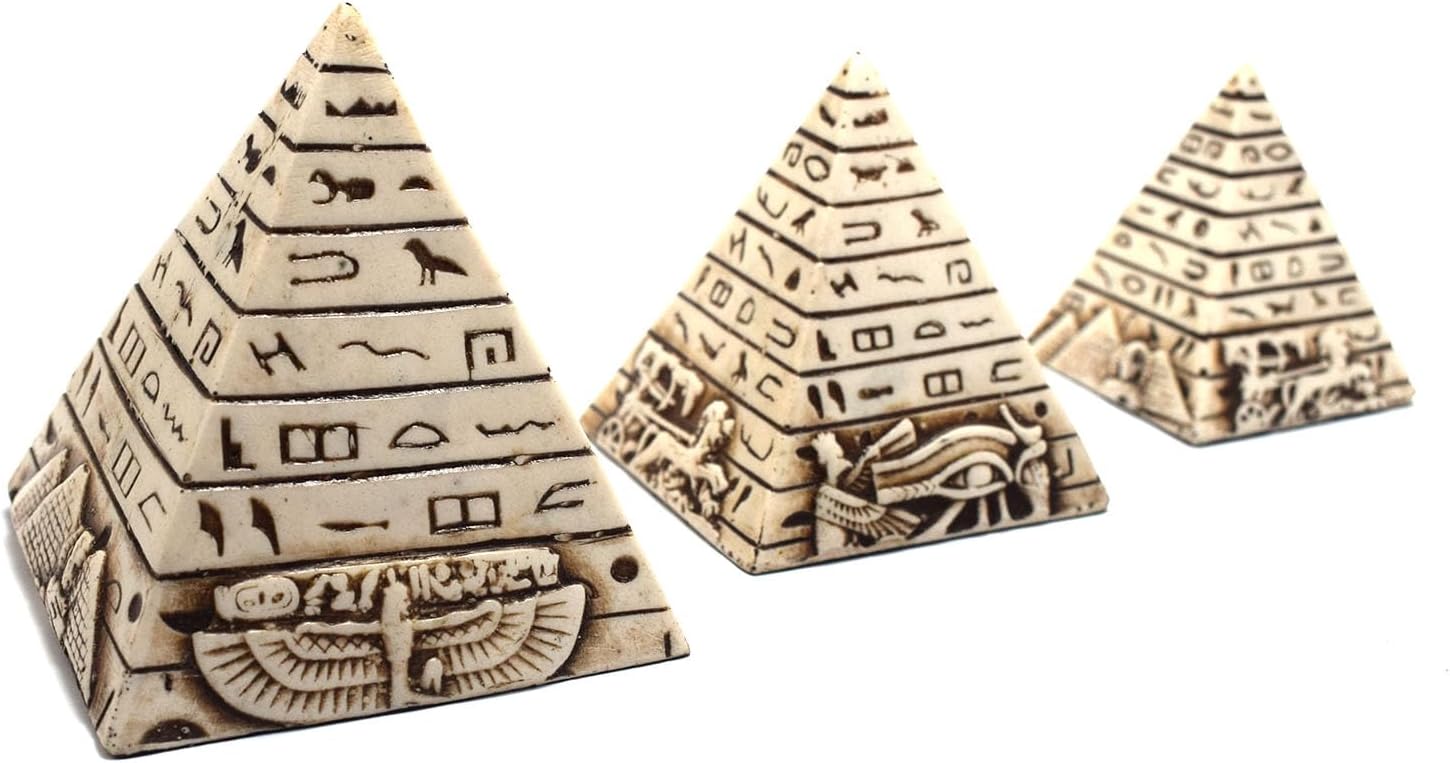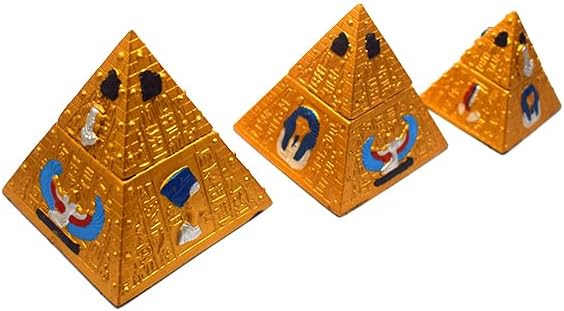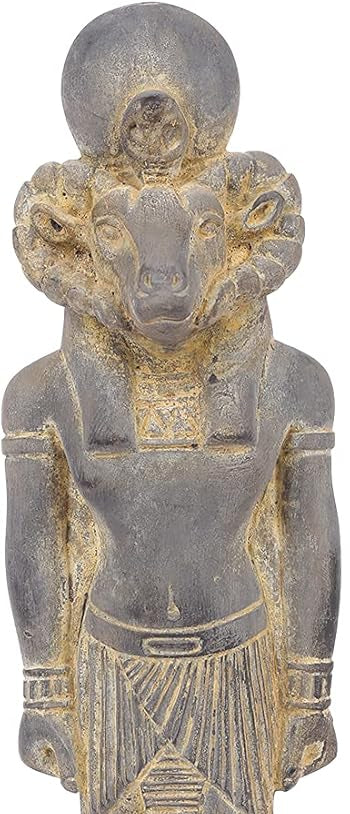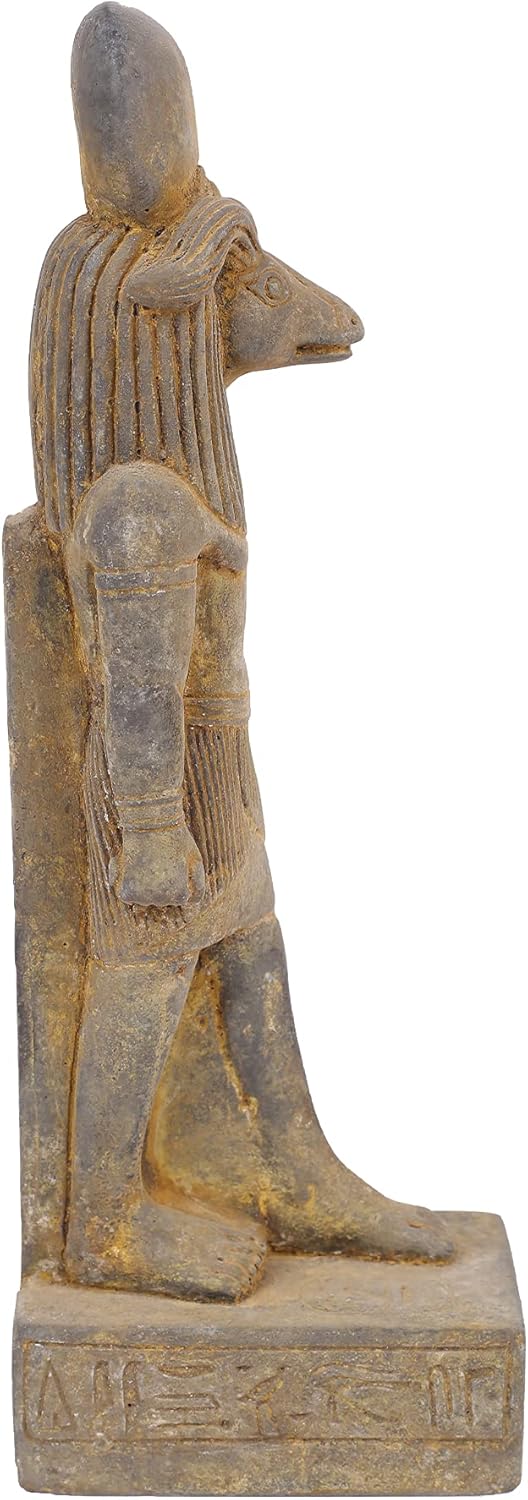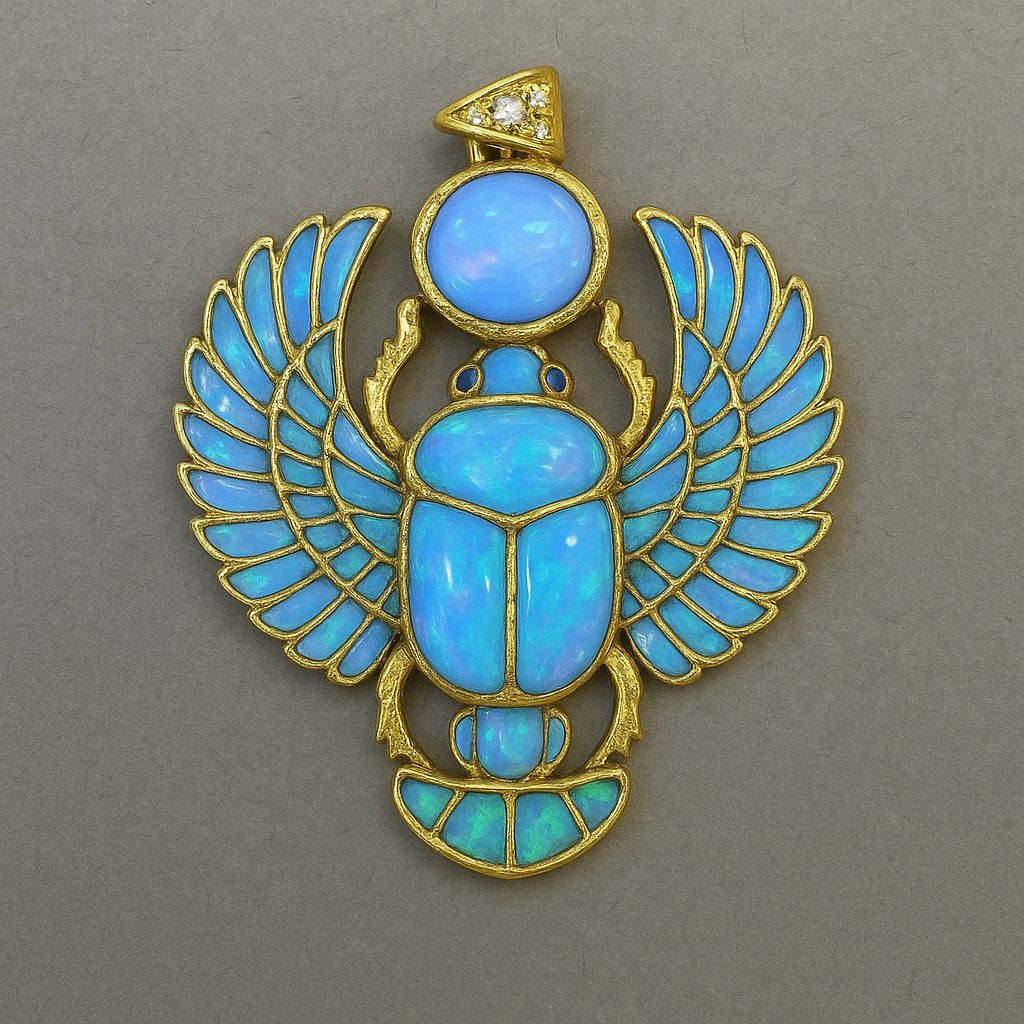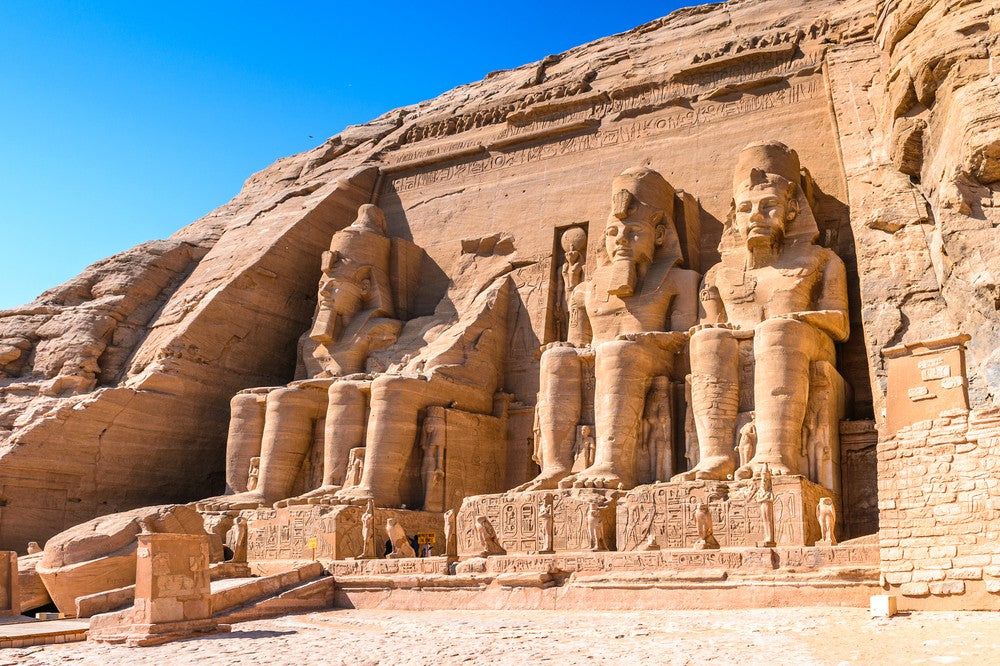
The Abu Simbel Temples are two massive rock-cut temples located in southern Egypt, near the border with Sudan. They were built during the reign of Pharaoh Ramses II in the 13th century BC (around 1264 BC) during the New Kingdom period.
The main temple is dedicated to Ramses II himself, and the gods Ra-Horakhty, Ptah, and Amun-Ra. The smaller temple is dedicated to his beloved wife, Queen Nefertari, and the goddess Hathor. What makes Abu Simbel extraordinary is not only its scale and beauty, but also its symbolic meaning—it was designed to show the power and divinity of Ramses II.
Four colossal statues of Ramses II, each about 20 meters high, guard the entrance to the main temple. Inside, the temple is decorated with detailed carvings showing Ramses in battle and performing religious rituals. A famous feature of the temple is that twice a year, on February 22 and October 22, the sunlight aligns perfectly to illuminate the sanctuary inside, lighting up the statues of Ramses and the gods—except for Ptah, the god of the underworld, who remains in darkness.
In the 1960s, when the construction of the Aswan High Dam threatened to submerge the temples under Lake Nasser, an international rescue operation led by UNESCO successfully relocated the temples to a higher location, cutting them into blocks and reassembling them piece by piece. This massive effort saved one of Egypt's greatest treasures.
